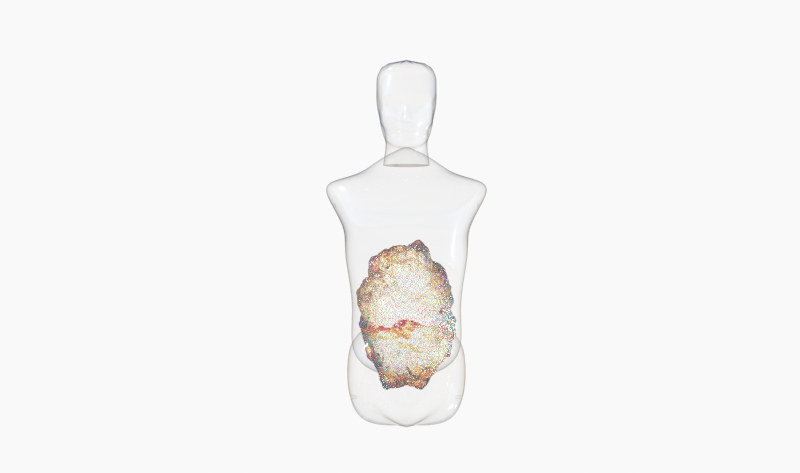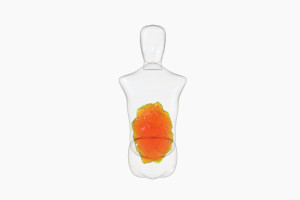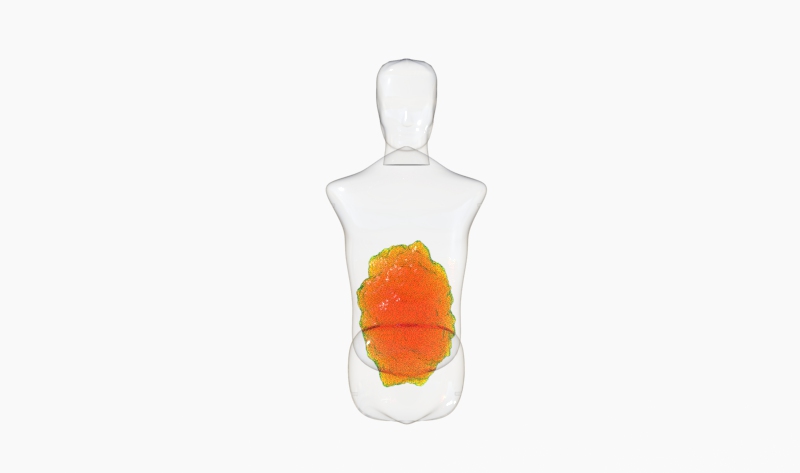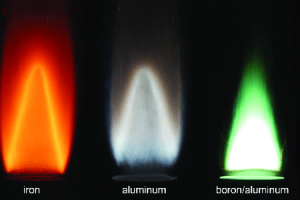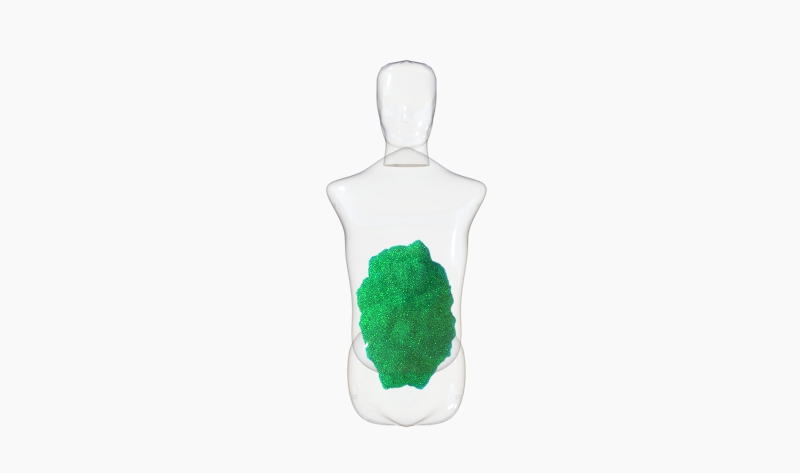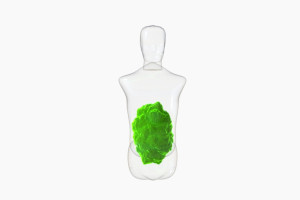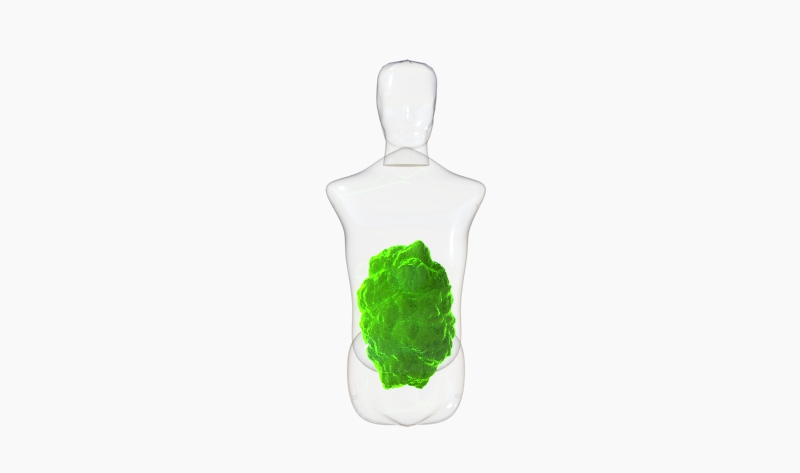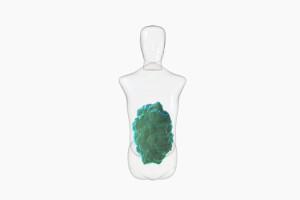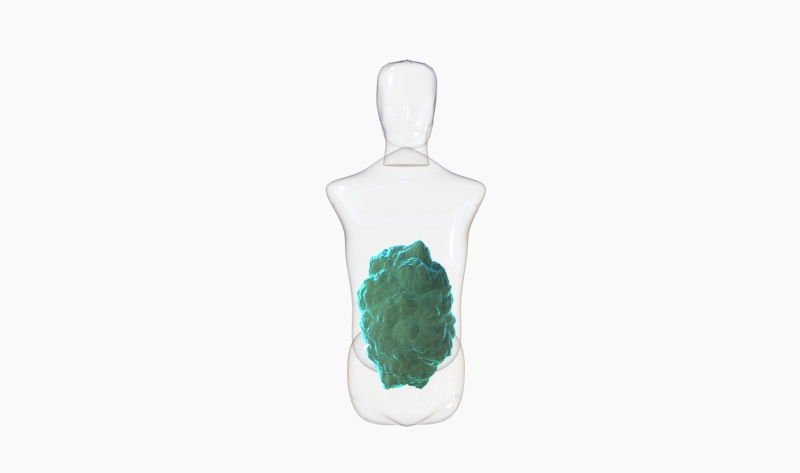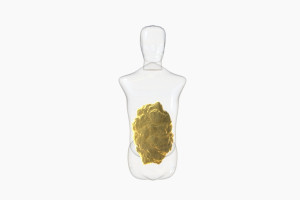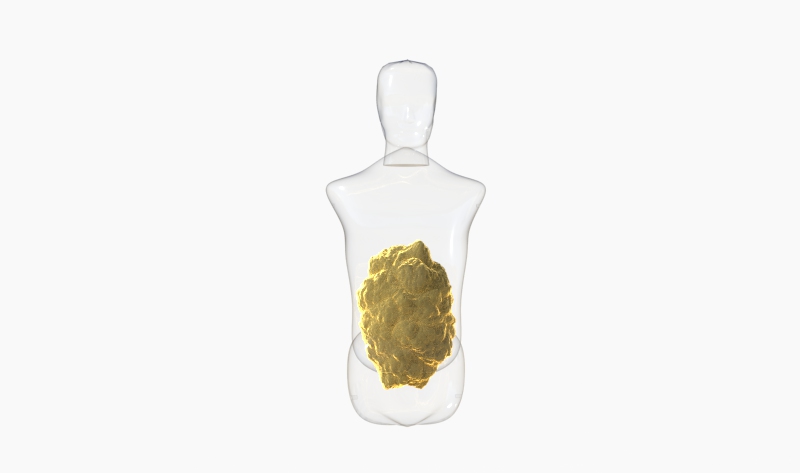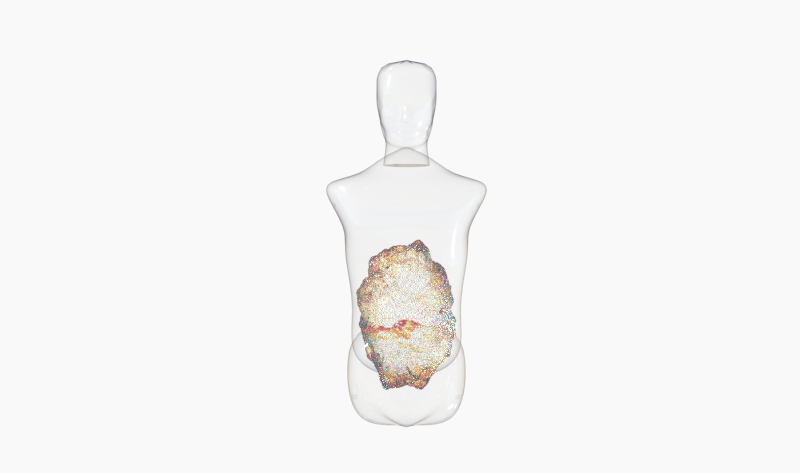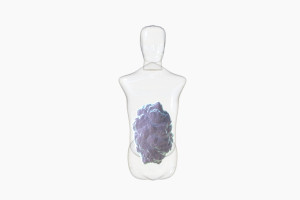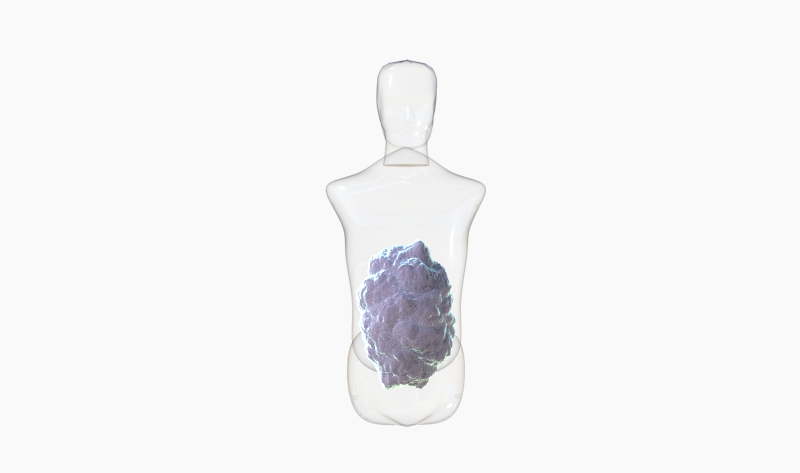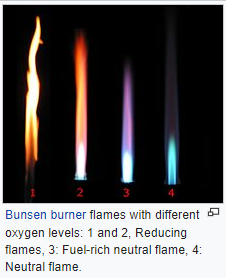Agnisāra Series - 5: Types of Agnisāra Flames
Agni means Fire, sāra means essence or substance
Agnisāra means the essence of fire, a classical hatha yoga technique.
--------------------------------------------------------------------------------------------------------------------------
This is the Master database of all my writings
Even though they are analytical, some of the genres are interlinked. Eg: Nadi, Chakra, Kundalini, Higher conscious states → all are linked.
---------------------------------------------------------------------------------------------------------------------------------------------------------------
This is a direct sequel to
---------------------------------------------------------------------------------------------------------------------------------------------------------------
The excerpt is taken from Mediation Expertise by Yogi Madhvacharya
Patanjali Yogasutras (Chapter 3, Verse 41)
Verse 41
समानजयाज्ज्वलनम्॥४१॥
samānajayāt jvalanam
samāna – digestive energy; jayāt – conquest; jvalanam – shining, burning, blazing, with firey glow.
By conquest of the samāna digestive force, a yogi’s psyche blazes or shines with a fiery glow.
---------------------------------------------------------------------------------------------------------------------------------------
My interpretation and application of this verse:
My area of interest is the word "jvalanam". Patanjali was compressing several things in that one word.
"samānajayāt jvalanam" is nothing but Agnisara. Where one conquests the digestive force, one's subtle body will glow like a flame!
But which flame?
It is interesting, Patanjali did not specify that the color of the digestive fire glow would be red or orange, or yellow. He simply mentions the subtle body would glow like a flame.
Like for example, in the below image, there are several types of flame depending on the fuel. There is a whole subject on this called pyrology, studying various types of combustion and flames.
- Methane- Blue color flame
- Iron - Orange
- Aluminum - Pure white
- Boron/ Aluminum - Green
- Zirconium - Greenish white


The most common flame we see is red or orange, but depending on the fuel type or metals, the color can significantly change.
I have witnessed all these colors of flames in my subtle body during Agnisara:
- Dispersive White color or pure white flame (this is how the purified subtle intestines look like)
- Greenish-Blue
- Golden yellow or burning yellow (common)
- Violet-purplish-blue flame
- Green (several shades)
- Blue-Cyan color
The traditional orange is common like 60-70% but all the above-stated flames can also occur often in different stages of the practice.
The color of the Agnisara flames depended upon the following factors:
- Type of Subtle body energy on that specific day
- Climatic Influence in the prana (quality of breath energy)
- Sun and moon energy in the air
- Pollutants in the intestine
- type of food ingested
- How nadis have been cleared
- The intensity of Mystic force churning by the practitioner









